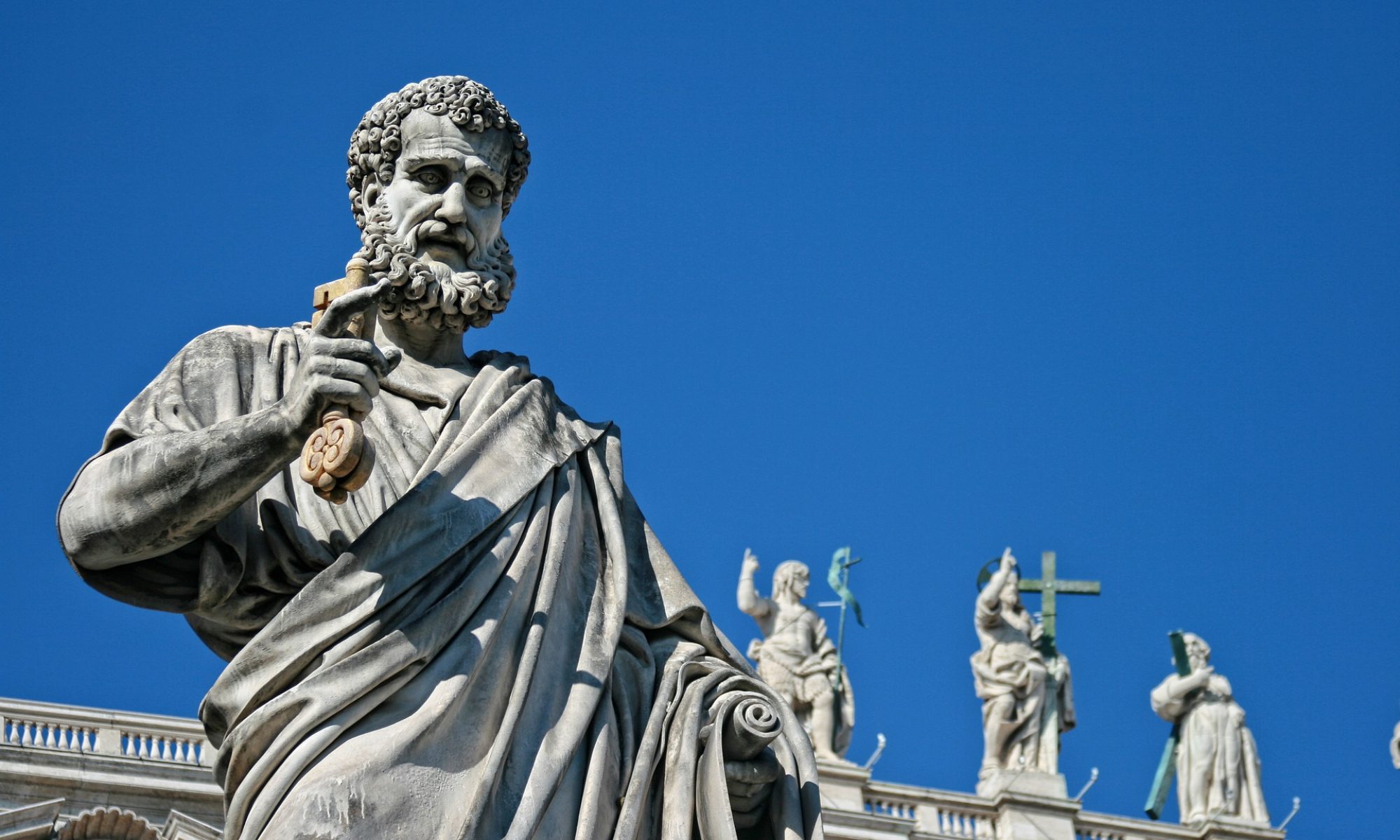“The Pope! How many divisions has he got?” – famously and sarcastically asked comrade Stalin. The pope may not have many divisions, though historically he has had a small army of Swiss guards. Nonetheless the Pope and the Vatican are still a global player, whereas Stalin and his political project have disappeared from the global landscape. Never underestimate the resources of the Pope!
The Pope may not have military divisions but he has got numbers: people, movements, schools, charities, properties, etc, all over the world. Numbers count and counting numbers is not a theologically neutral thing. As the Biblical narratives on different censuses tell us, numbers are not just mere numbers, but have spiritual, ideological and programmatic overtones as well. Whether right or wrong, in our world one’s own claims are “weighed” numerically. Your credibility depends on how big a share you have, how many followers you have, or how many voters or customers you have. This is why the RC Church seeks to measure itself according to numerical standards. Numbers reflect and prove your power. In majority RC countries, numbers can be used to claim the “right” to maintain certain privileges over the whole nation. Moreover, numbers are very important when one considers the relationship between religious institutions and taxation systems. But what numbers are we talking about?
A trend marked by growth
Every year the RC Church publishes the Pontifical Yearbook which is a large volume containing all kinds of information about the world-wide church. The most recent Yearbook was published in 2011, but refers to 2009 and translates the reality of Roman Catholicism in a series of numbers, thus offering statistical insight into how many Catholics are in the world, where they are, what they do, etc.
The Yearbook gives an altogether different perspective than that of the public opinion in the West. Contrary to common perceptions that the RC is losing numbers and progressively shrinking, statistics reveal that the total number of baptized Catholics is actually increasing everywhere. In 2009 there were 1,181 billion Catholics, whereas the previous year there were 1,166 billion (+1,3% than 2008, i.e. 15 million people more). There is growth in Africa (1,8%), Oceania (1,5%), but also in Europe (1,3%), America (1,2%) and Asia (0,8%). These gross numbers are impressive and show that the rhetoric of the Catholic Church being at risk of implosion is at least one-sided and superficial.
After baptism then what?
These numbers and percentages, however, warrant a closer look. First, the growth rate indicates the people who have been baptized, mainly as infants. These numbers refer to people that are registered in the books of the parishes at the beginning of their life. They do not tell us if and how they are practicing their faith, what they believe, or what degree of connection they have with the church. For the RC Church, “once registered, always registered” is the rule, unless one asks to be removed from the registry (though it is not an easy process). Numbers speak of the quantity of those baptized, not the quality of their RC faith. While the Church keeps on having more and more people willing to have their children baptized (even in the West), it has the problem of catechizing them and making them practicing Catholics. It seems that after baptism a great chasm happens between the institution and the people and a “hidden exodus” takes place. This is exactly the reason why the Church has began talking about the “new evangelization”. It wants to regain those who have been baptized but are far away from the Church.
What about other religious pilgrimages?
Second, these numbers hide another important phenomenon. They do not report those who leave the RC Church for other religious pilgrimages. In many countries of the world, for instance, the growth of Evangelical churches does not have a bearing on RC statistics. Evangelical churches may grow but RC statistics remain untouched. Why? Because lots of “new converts” do not bother having their names removed from RC registries. Statistically, they stay Roman Catholics. So, RC numbers always increase because of birth rates, but never decrease due to religious migrations.
Let me tell you a little piece of autobiography. After birth I was baptized as a Roman Catholic and so I was registered accordingly in the books. When I was a child, though, my parents became followers of Jesus Christ and eventually, by God’s grace, I became a Christian too. After a few years I became a member of an Evangelical church and eventually a minister of that church. Statistically, however, I remained a Roman Catholic for my entire life until 2008. Why? Because I did not asked to be removed until then, and also because the RC Church in Italy did not have to comply to such requests until recently. The irony was that I have been a professing Evangelical for 40 years, yet an official Roman Catholic since I was born. Only a few years ago was I able to sort the contradiction out. The question is, how many millions of people were raised Catholic and then moved on in other religious directions, but are still Catholic in the Pontifical Yearbook?
Numbers tell a lot, but they also hide a lot. The RC Church is certainly the biggest organized religious institution in the world, and yet statistics give us just one piece of the puzzle. Even that piece needs theological discernment in order to be fully grasped.
Leonardo De Chirico
leonardo.dechirico@ifeditalia.org
Rome, 16th June 2011

